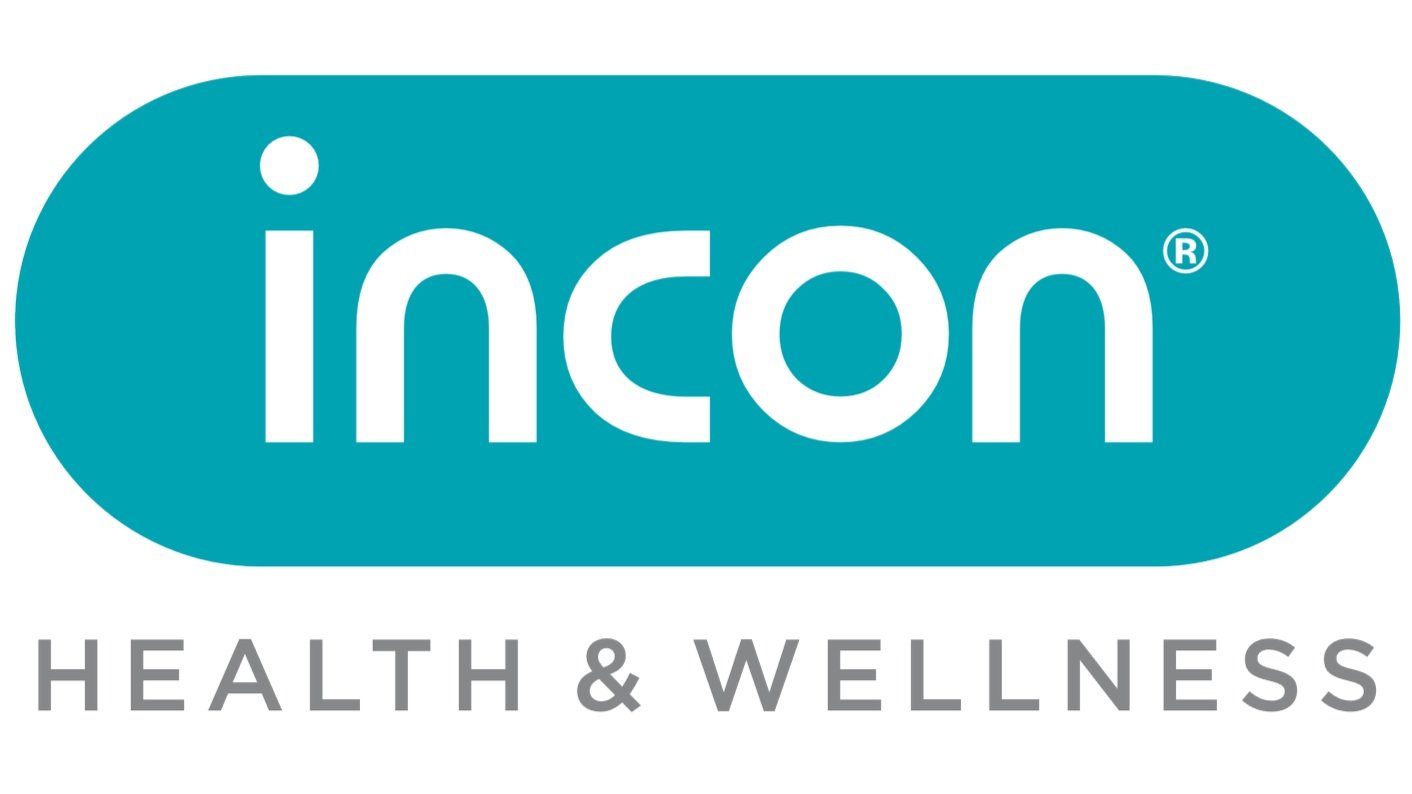Mental vs. Physical Healthcare
Bridging the Gap: The Convergence of Mental and Physical Healthcare Delivery
Throughout most of the history of medicine, the fields of mental and physical healthcare have operated in relative isolation, treating the mind and body as separate entities. However, the COVID-19 pandemic has accelerated a significant shift in healthcare, leading to the recognition that mental and physical health are inherently interconnected. As we step into 2024, this article explores the evolving landscape of healthcare, where providers are embracing a holistic approach that acknowledges the profound links between mental and physical well-being.
The Historic Separation: Mental vs. Physical Healthcare
Traditionally, mental health and physical health have been treated as distinct domains within the healthcare system. Patients with physical ailments were directed to specialists, while those with mental health issues were referred to psychiatrists or psychologists. This segregation has resulted in fragmented care and, at times, hindered the overall well-being of patients.
The Pandemic Catalyst for Change
The COVID-19 pandemic has acted as a catalyst for the convergence of mental and physical healthcare. The isolation, stress, grief, and uncertainty brought about by the pandemic underscored the need for a more comprehensive approach to healthcare. In response, healthcare providers have begun to recognize that mental health can significantly impact physical health outcomes.
Examples of Convergence in Action
Screening for Mental Health Impact: Frontline healthcare providers, including primary care physicians, are increasingly incorporating mental health screenings into routine medical visits. This proactive approach allows them to identify and address mental health issues that may affect the treatment and recovery of physical ailments.
Collaborative Care Teams: Multidisciplinary care teams that include both physical and mental health professionals are becoming more common. These teams work together to develop comprehensive treatment plans that consider the whole person.
Telehealth for Mental Health: The rise of telehealth has made mental health services more accessible. Patients can now easily access mental health support, reducing barriers to seeking help and improving overall well-being.
Behavioural Health Integration: Healthcare systems are integrating behavioural health services into primary care settings, making it easier for patients to access mental health support alongside their physical health care.
Wellness and Prevention Programmes: Organisations are increasingly focusing on wellness and prevention programmes that emphasise stress management, resilience, and mental health awareness as essential components of overall health.
A Holistic Path Forward
The convergence of mental and physical healthcare represents a significant step toward providing patients with more holistic and effective care. As we navigate the complexities of healthcare in 2024 and beyond, recognising the intrinsic links between mental and physical well-being is essential. By addressing both aspects of health together, healthcare providers aim to enhance patient outcomes and promote a higher quality of life for all.

